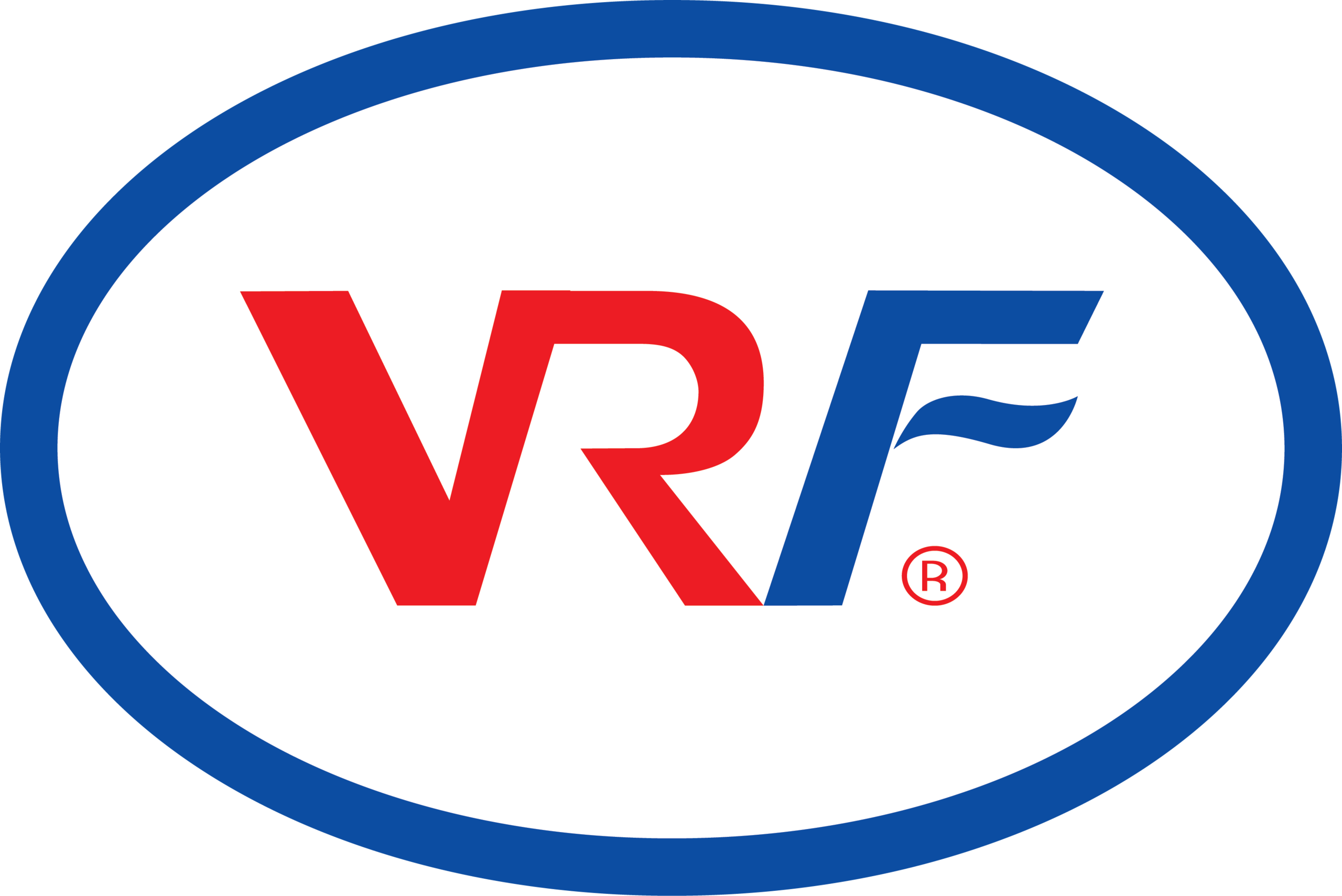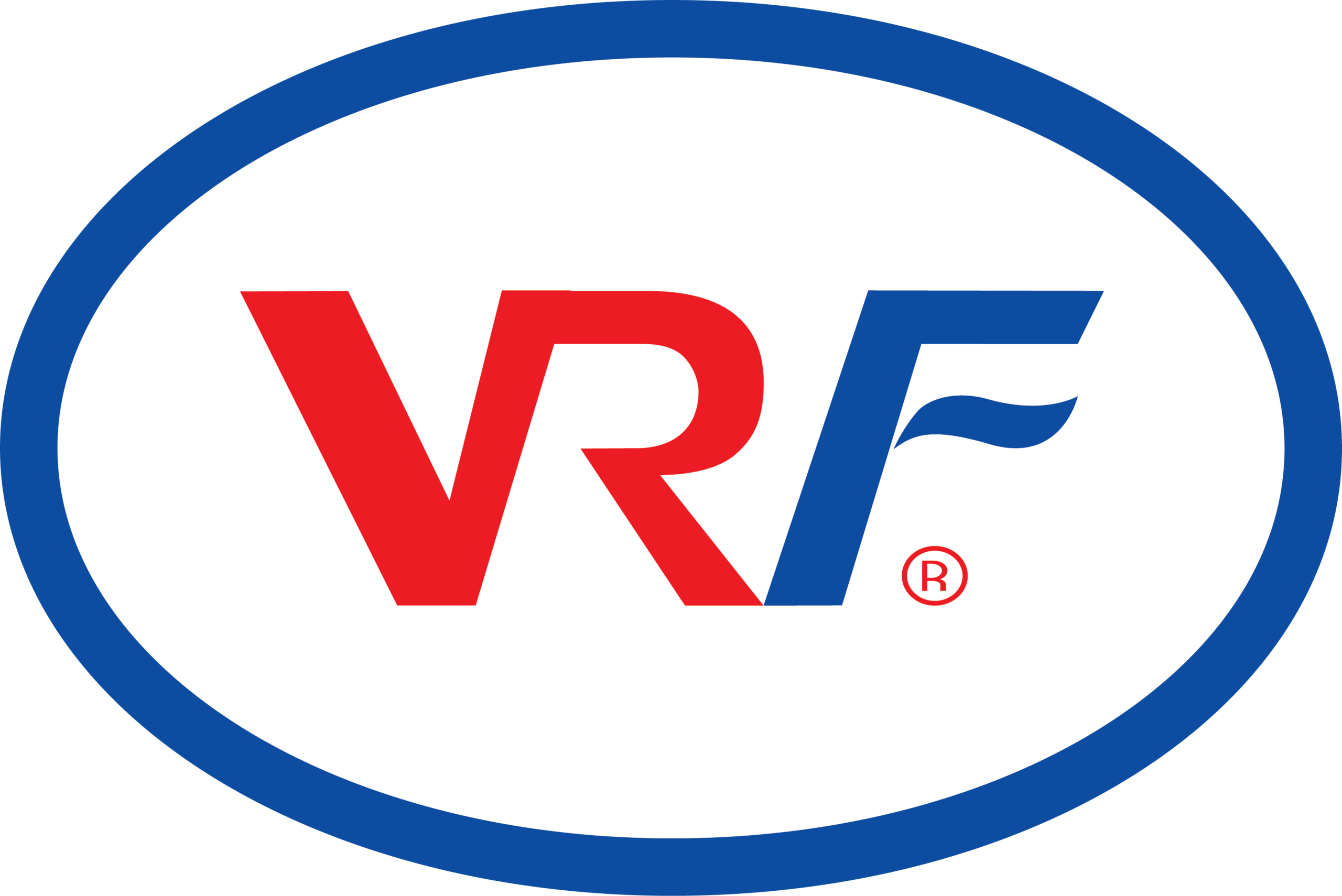Sustainability is fast becoming the defining factor of competitiveness in the global manufacturing landscape. One of the most promising sectors contributing to this shift is the Recycled Elastomer Market, which transforms waste rubber materials into new, high-performance products. With industries facing mounting pressure to reduce their carbon footprint, recycled elastomers offer an efficient way to meet both environmental and economic objectives.
Elastomers, widely used for their elasticity and resistance to wear and tear, are found in everyday items from tires to industrial seals. However, their disposal has long been problematic due to their non-biodegradable nature. The recycling of elastomers helps mitigate this challenge by reclaiming used rubber from automotive, industrial, and construction sources, then processing it into reusable compounds. These recycled products retain the essential properties of virgin elastomers while offering cost savings and sustainability benefits.
The growth of this market is underpinned by several key factors. Rising global vehicle production, the expansion of infrastructure projects, and the increasing popularity of eco-friendly materials are fueling demand. Additionally, regulatory support from governments encouraging waste recycling is creating a favorable environment for market expansion. Many companies are now establishing closed-loop systems, where elastomer waste is collected, recycled, and reintegrated into their own manufacturing cycles.
Innovations in recycling technology are further accelerating market growth. Advanced mechanical and chemical recycling techniques allow manufacturers to recover high-quality materials with improved elasticity, toughness, and processing stability. At the same time, emerging bio-based elastomer blends are helping reduce the industry’s reliance on petroleum-based resources.
A comprehensive Recycled Elastomer Market Dynamics analysis reveals that Asia-Pacific remains the largest and fastest-growing region in the sector, driven by its vast manufacturing base and proactive sustainability initiatives. Europe continues to showcase leadership in circular economy models, while North America benefits from the increasing adoption of green construction materials and automotive innovation.
Partnerships between recycling firms, research institutions, and industrial manufacturers are paving the way for next-generation elastomer products. These collaborations focus on optimizing process efficiency, expanding end-use applications, and promoting environmental awareness among consumers and businesses alike.
Ultimately, the Recycled Elastomer Market embodies the principles of a sustainable future. By converting waste into functional materials, it supports both environmental conservation and industrial growth. As technological advances and policy support continue to strengthen the sector, recycled elastomers are expected to become a cornerstone of global sustainability efforts, redefining how industries approach waste management and material innovation.


